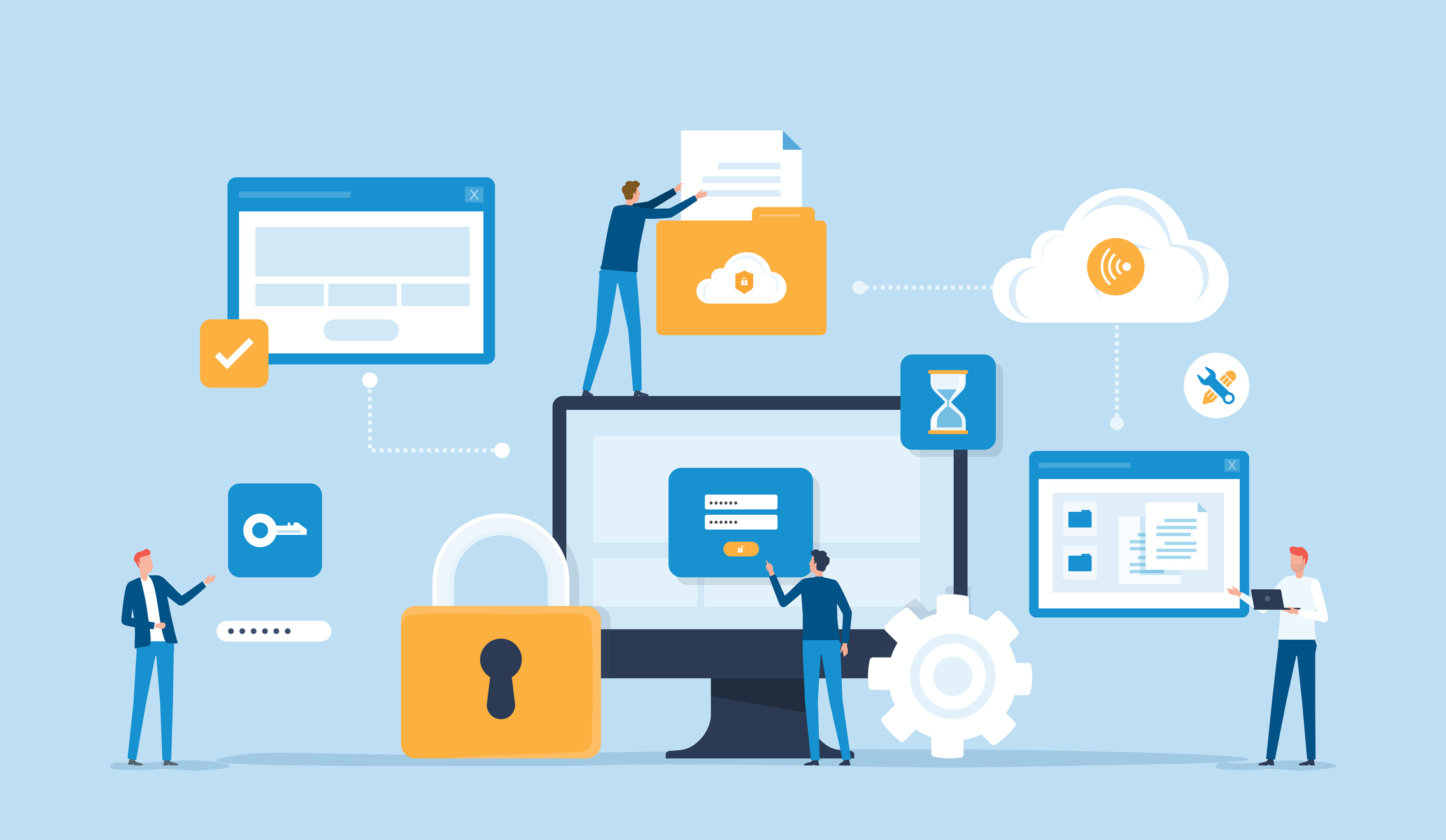The Case for Changing Your Ecommerce Workflow


Who doesn’t love the comfort of security and routine in their place of work? Having well-defined, long-standing practices has helped many an organization tackle complex projects with the confidence of checking off a daily to-do. With routine, you are constantly the master of your domain—but also your own prisoner.
If routine has one major drawback, it's the ability to reinforce and reify our instinctual phobia of change. We’re the species of “if it ain’t broke, don’t fix it,” wisdom that might seem practical at first, but can ultimately end up stymying a business’ ability to grow, especially in increasingly dynamic sectors like ecommerce.
That’s why we’ve written this blog—to help you understand where your routine is genuinely supporting your teams and workflows, and where it’s ultimately masking an out-dated approach to a modern industry. Furthermore, we’ll teach you how to turn your greatest skeptics into your loudest advocates.
Understanding the power of change
Change can come to an organization in many different forms, whether in the adoption of new technologies, the restructuring of teams or even new hire booms designed to bring in sharp and diverse perspectives. Chances are, everyone has experienced these shifts without feeling as though they were in the midst of an earthquake, often because—ironically—-they see these changes as part of the routine.
It’s only when big change is framed as Big Change that it is felt the most. In these cases, it’s best to lead with the benefits of the change, which often include:
- Increasing Speed & Efficiency: Removing redundant steps to get the job done faster.
- Growing Bandwidth: If you can free up a team's time, you not only get the job done faster, you can get more/other jobs done as well.
- Empowering Energy and Creativity: When jobs get too routine, people often lose motivation or excitement about the work. Changing up routines can add some spice back into the job and allow people to grow in different skill sets and take on new challenges
Getting your team onboard
Emphasizing that final benefit is critical because it speaks most personally to your colleagues. After all, it’s one thing to get changes approved and deployed, it’s a whole different battle to ensure users are properly adopting and leveraging them. The alternative is a discombobulated workflow where users are picking and choosing their favorite tools, which can lead to lost time and revenue, and—if your new strategy deals with compliance—-potential legal and regulatory issues.
So, how do you get users onboard?
- Present a larger vision: Don’t make your teams guess why something is happening. Layout your vision and let users feel like they’re a key component of the strategy. Integrate their desires into your pitch.
- Communicate the action plan: Be specific about how deployment will work, on what time frame, and what hurdles you may encounter. Transparency is vital to making users trust that you’ve factored their needs in.
- Celebrate all your wins—large and small: Point out real-time benefits as they manifest. Be generous with praise for those who are learning the ropes quickly and encouraging to those who are having trouble.
Yes; people are resistant to change because of our natural fear of the unknown. But the unknown is only unknown to your people, if you make it so.
ZMags’ top 4 tips for discussing modern workflows
We’ve seen, firsthand, just how effective open communication is for achieving dynamic and long-lasting change to your ecommerce workflows. Here are our personal steps to helping strategize whether a workflow modernization project would benefit your business or simply disrupt progress.
- Draw a map of your current workflow. Include handoffs to other teams, estimates or averages of turnaround times, and note typical blockers or issues that arise. Where is the biggest opportunity for improvement?
- Analyze what tools (new and and old) your teams actually use. For example, if you purchased a CMS so that your ecommerce team could manage content updates on their own, but your developers are still spending the majority of their time supporting content changes or coding new modules because the existing templates don't suffice, are you getting the intended value out of either the CMS or the developers?
- Ask tough questions about gaps new technologies could fill and existing inefficiencies caused by legacy solutions. Workflows in modern companies are not just people, timelines, and handoffs. There are also the tools, software, and platforms that enable (or obstruct) that work from being done.
- Confront inefficiencies and address insecurities directly and compassionately. Sometimes people are afraid to confront inefficiencies because they're worried about offending one another. But, if you approach the exercise as a group and talk openly about the parts of the work that are enjoyable and/or necessary, as well as the parts that are frustrating or could be handled differently, it becomes a joint effort to find a better way, and not a finger-pointing blame game when things aren't working well. This is the ideal environment for positive change.
Embrace the next generation of your ecommerce workflows
Seemingly every day, ecommerce trades discover potentially exciting trends and innovations, promising to upend the way businesses and customers interact. This can stir two totally understandable reactions: a keeping-up-with-the-Joneses desire to remain always on the cutting edge, and a skepticism that only reinforces the desire to stick with what currently works.
As with most things, the best answer for many companies lies somewhere in the middle, cemented both by a healthy understanding of industry changes and growing customer expectations, and a strategic approach to investing in new technologies because of how they can benefit your specific workflows.
Embracing the new can be stressful, but change is not your enemy. It’s not here to destroy your routine. It’s here to elevate it.